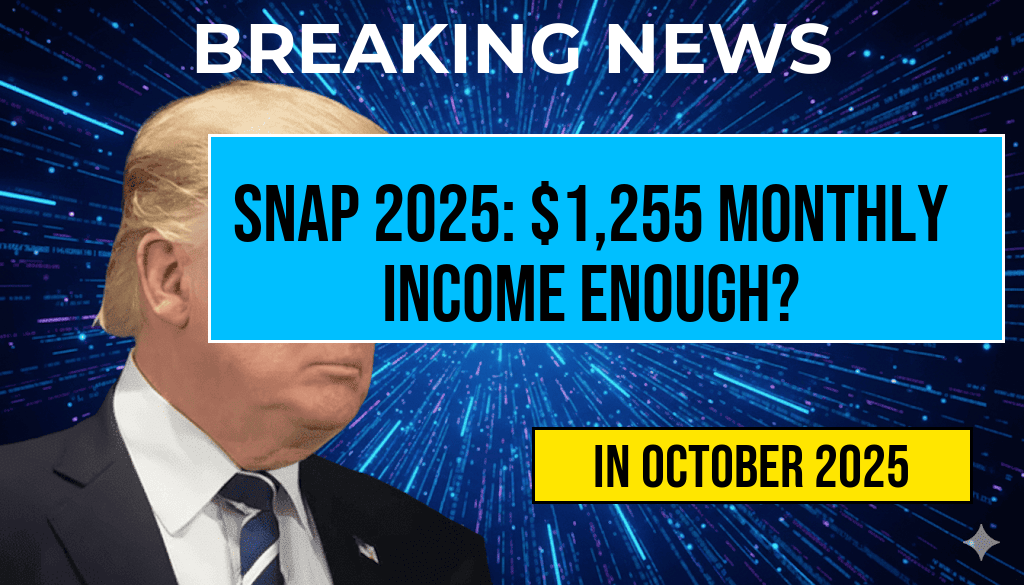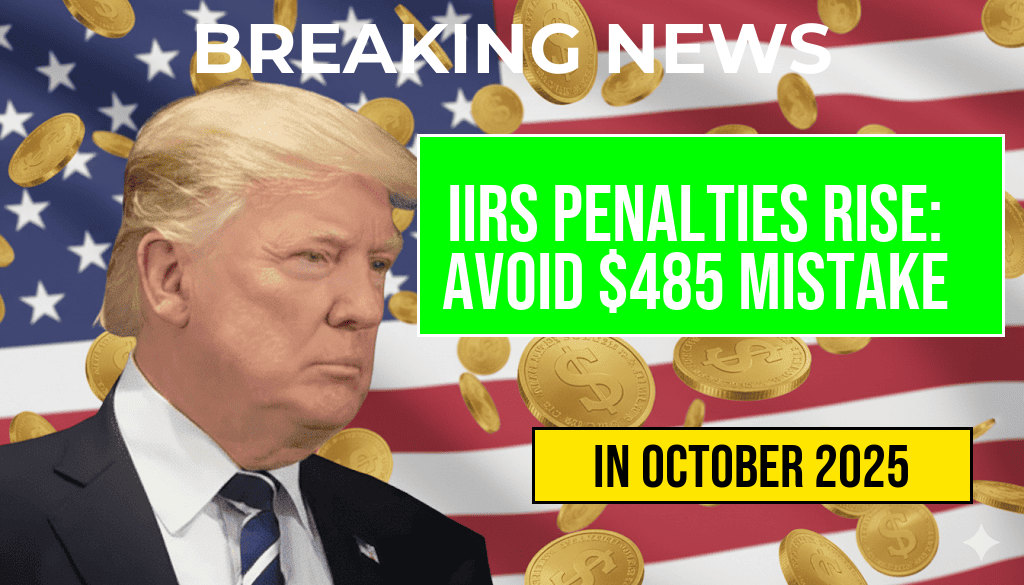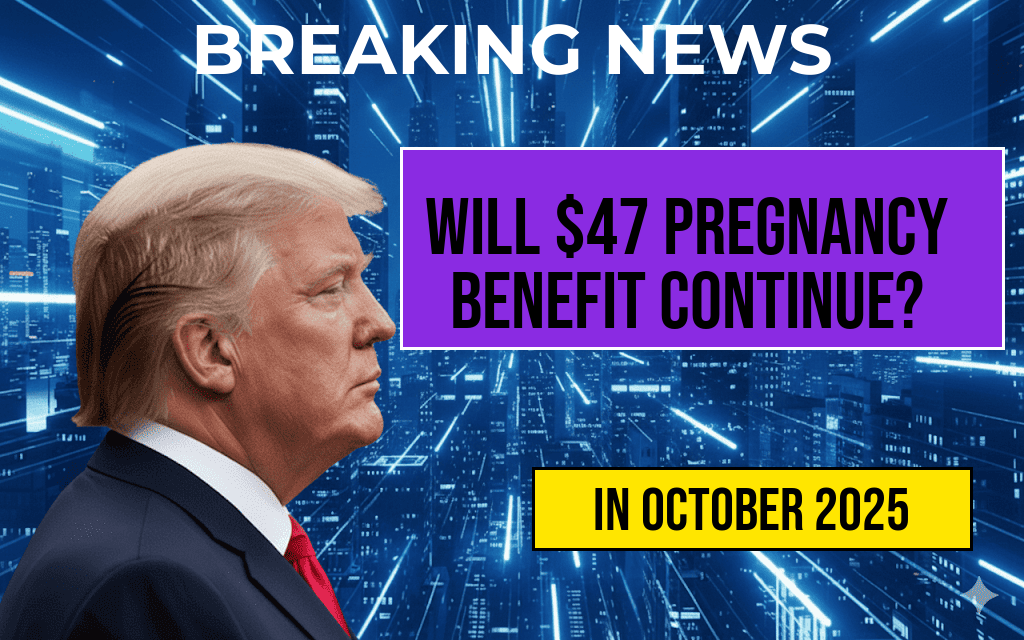As the United States grapples with rising food prices and economic uncertainty, the eligibility criteria for the Supplemental Nutrition Assistance Program (SNAP) are under scrutiny, especially with projections for 2025. Many individuals wonder whether a monthly net income of $1,255 can adequately support food security for one person. With inflation affecting essential goods and services, understanding SNAP eligibility and benefits is crucial for those seeking assistance. The federal program aims to alleviate hunger by providing financial support for purchasing food. However, as income thresholds shift, the question remains: Can individuals living on a modest income sustain their nutritional needs without additional support?
Understanding SNAP Eligibility Requirements
The SNAP program is designed to assist low-income individuals and families in affording nutritious food. Eligibility is primarily determined by income, household size, and certain expenses. In 2025, the income limits for SNAP will be adjusted based on the Federal Poverty Level (FPL).
Income Guidelines
- To qualify for SNAP, households must generally have a gross monthly income below 130% of the FPL.
- For a single-person household, this threshold may vary but is expected to hover around $1,500 in 2025.
- Net income, which accounts for allowable deductions such as housing and childcare, is also considered, with a standard deduction of approximately $180 for a single-person household.
Cost of Living Considerations
With a net income of $1,255, individuals need to navigate a challenging financial landscape. The Economic Research Service of the USDA estimates that a single adult requires approximately $300 to $400 monthly to maintain a healthy diet, depending on location and dietary choices. This can be significantly impacted by local food prices.
Food Security Indicators
Food security is defined as having reliable access to a sufficient quantity of affordable, nutritious food. The U.S. Department of Agriculture (USDA) uses various metrics to assess food security status, including the availability of food, access, and utilization. With a net income of $1,255, many individuals may face challenges in achieving food security, particularly in high-cost urban areas.
Local Variations in Food Costs
Food prices fluctuate based on geographic location. For instance, the cost of groceries in New York City can be considerably higher than in rural areas of the Midwest. Below is a comparative table highlighting average monthly grocery costs in various cities:
| City | Average Monthly Cost |
|---|---|
| New York City | $450 |
| Los Angeles | $400 |
| Chicago | $350 |
| Houston | $300 |
| Atlanta | $325 |
Implications for SNAP Beneficiaries
The implications of these financial realities are significant for those relying on SNAP benefits. Individuals with a net income of $1,255 may find themselves just below the income threshold for SNAP, limiting their access to necessary food assistance. This situation can lead to difficult choices regarding nutrition and overall well-being.
Seeking Additional Support
- Many community organizations and food banks are available to support individuals struggling with food security.
- Local health departments often provide resources and programs aimed at improving nutrition education.
- Individuals may also access federal programs such as Women, Infants, and Children (WIC) for additional support.
Conclusion: The Path Forward
The question of whether a monthly net income of $1,255 can sustain food security for one person in 2025 is complex. As the cost of living continues to rise, many may find themselves at risk of food insecurity without sufficient SNAP benefits or additional assistance. For those navigating these challenges, understanding the eligibility requirements and exploring available resources is essential for maintaining a healthy diet and overall well-being.
For more information on SNAP eligibility and benefits, visit the USDA Food and Nutrition Service and the USDA Economic Research Service.
Frequently Asked Questions
What is SNAP and how does it relate to food security?
SNAP, or the Supplemental Nutrition Assistance Program, is a federal assistance program designed to help low-income individuals and families purchase food. It plays a crucial role in ensuring food security for those who may struggle to afford adequate nutrition.
What is the maximum monthly net income allowed for SNAP eligibility in 2025?
As of 2025, the maximum monthly net income allowed for SNAP eligibility varies by household size. For a single-person household, the income limit is typically set around 130% of the federal poverty level, which can change annually.
Can a monthly net income of $1,255 sustain food security for one person?
A monthly net income of $1,255 may be challenging to manage for food expenses, depending on the cost of living in a specific area. While it might cover basic needs, it may not fully guarantee food security without additional support from programs like SNAP.
What factors are considered when determining SNAP eligibility?
When assessing SNAP eligibility, several factors are taken into account, including household size, income, expenses, and resources. The program aims to assist those who are most in need based on these criteria.
How can someone apply for SNAP benefits?
Individuals can apply for SNAP benefits through their state’s social services department. The application process typically involves submitting financial information, proof of identity, and other documentation to determine eligibility.






